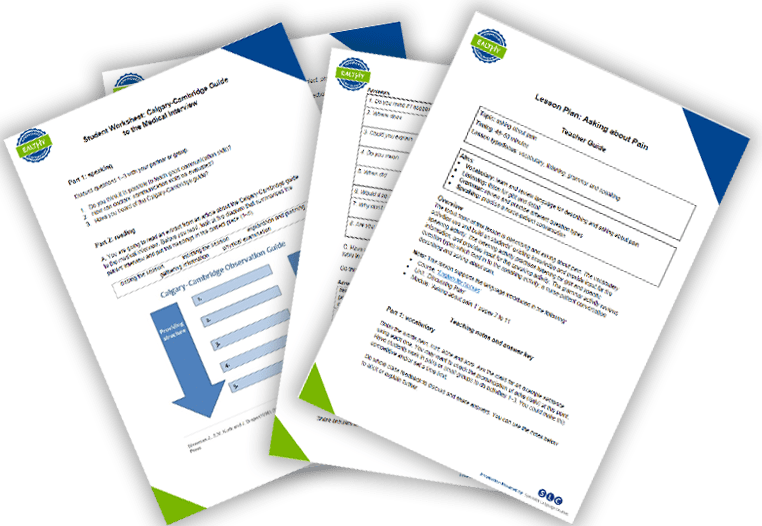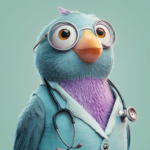
SLC win Ufi grant to develop AI language learning app for social carers
We’re delighted to have won a grant from Ufi VocTech Trust to develop an AI-driven technology solution that provides cheap phone-based language and communication skills

This lesson teaches the language used to describe injuries. It includes vocabulary, speaking, reading and writing activities.
B1 level
● Topic: describing injuries
● Timing: 30-45 minutes
● Lesson Type/Focus: speaking, reading, vocabulary and writing
● Speaking: discuss and review language to describe injuries
● Reading: identify vocabulary, read for specific information
● Vocabulary: identify medical and everyday language for common injuries
● Writing: practise organising and presenting information
The focus of the lesson is describing injuries. The speaking activity introduces the topic and gives students the opportunity to share their ideas and experience. The reading activity contextualises some of this language and practises identifying vocabulary and reading for specific information. The vocabulary activity reviews medical and everyday terms. The writing activity uses language from the lesson and students’ own knowledge to produce a piece of patient-centred writing.
Note: This lesson also supports the language introduced in the following:
● Course: English for Nurses: Getting the Essentials Right
● Unit: Falls and injuries
● Module: ‘Falls and injuries’ pages 12 and 13
Put students into pairs or small groups and ask them to discuss questions 1–3 on the student worksheet. Encourage them to share examples from their own experience.
Do whole class feedback to discuss and share answers.
Download the complete lesson plan and student worksheet:

We have many more available on our partner’s website. EALTHY is a unique international association for
English for Healthcare teachers, writers and researchers. It offers members a growing bank of lesson plans, OET resources, articles and research summaries, as well as free and discounted access to conferences, journals, publications and SLC courses!
Through our partnership, we publish at least three new plans in the EALTHY Members Area every week. So, if you’re a teacher looking for excellent resources, now is the time to join an international English for Healthcare community and take advantage of everything EALTHY has to offer.
Annual memberships are available for teachers and for institutions. We hope very much to see you there!
Get your monthly updates and latest materials on Medical English

We’re delighted to have won a grant from Ufi VocTech Trust to develop an AI-driven technology solution that provides cheap phone-based language and communication skills

We’re delighted to announce a partnership with leading Medical English app, Doxa.
